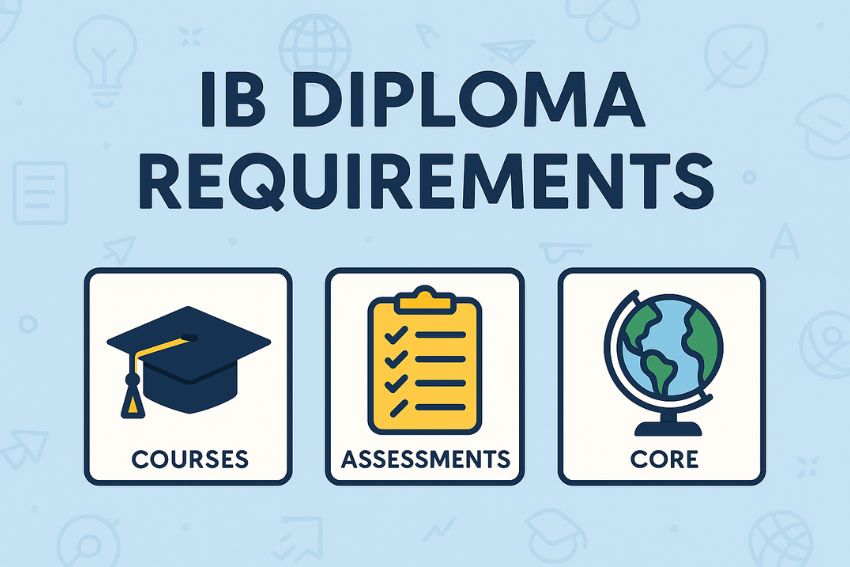The English Language GCSE is a crucial milestone in your educational journey, especially GCSE English Language Paper 1. This exam tests your understanding, critical thinking, and expression. Preparing for it hones your reading, writing, and analytical skills. Each section challenges you with various texts, enhancing your communication abilities. Embrace this opportunity to deepen your appreciation of the English language and its expressive power.
Section A – Reading
Overview
- Duration: 1 hour and 45 minutes
- Content: One literary text extract
- Focus: Creative reading and comprehension
Many students ask, “how long is Language Paper 1?” The reading section is part of the 1 hour and 45 minutes allocated for the entire paper.
Reading the Source Material (15 minutes)
Before diving into the questions, spend 15 minutes carefully reading the fiction extract. Familiarise yourself with key vocabulary, identify language techniques, and try to grasp the general theme of the text. It’s also a good idea to briefly review the questions beforehand so you know what details to look for. Annotating the text as you read can be incredibly helpful.
The Questions – GCSE English Language Paper 1
- Section A – Reading – One extract from a literary text
- Q1 – List four things…
- Q2 – How does the writer use language…..
- Q3 – How has the writer structured the text….
- Q4 – Critical evaluation of text in response to a statement
- Section B – Writing – Q5 – Writing to describe/narrate. Choice of task – one choice based on a picture
Q1: List Four Things… (4 marks, 5 minutes)
- Objective: Identify four specific details asked in the question.
- Strategy: Read the question carefully, highlighting key words. Your answers should be straightforward, derived directly from the text.
Q2: Language Effects on the Reader (8 marks, 10 minutes)
| Do’s | Don’ts |
| – Read the question carefully and underline the key words! – Make clear points to answer the question – Choose quotations as evidence – Identify language devices – Spotlight key words – Explain effects on the READER | – Don’t forget to use words from the question in your response! – Don’t choose quotations from outside the specified section named in the question! |
- Objective: Analyse how the writer’s language choices affect the reader.
- Strategy: Select relevant quotations and explain their impact on the reader, focusing on language devices and the emotions they evoke.
Q3: Text Structure and Reader Interest (8 marks, 10 minutes)
| Do’s | Don’ts |
| – Read the question carefully and underline the key words! – Trace how things CHANGE and SHIFT over whole source: – Focus on beginning, middle and end of source – Explain effects on the READER by explaining what makes it INTERESTING | – Don’t forget to use words from the question in your response! – Don’t need to mention SENTENCE lengths or structures! |
- Objective: Examine how the structure of the text captures the reader’s interest.
- Strategy: Discuss the changes and shifts throughout the text, from beginning to middle to end, and their effects on the reader’s engagement.
Q4: Critical Evaluation (20 marks, 20 minutes)
- Objective: Evaluate a statement about the text, using evidence to support your view.
- Strategy: Start with a summary of your opinion, then dissect the text to back up your argument, focusing on language and structure.
Section B – Writing
Overview
- Task: Writing to describe/narrate based on a given picture or title.
- Marks: 40 marks
- Duration: 45 minutes
Preparing to Write (15 minutes)
Consider planning your response around a description based on the provided image. A five-point plan, envisioning your narrative like a camera zooming into the scene, can set a strong foundation for your story.
Writing Task (45 minutes) – GCSE English Language Paper 1
Structuring Your Narrative
A potential structure for your descriptive writing might include:
- Setting the Scene: Describe the weather and setting, employing pathetic fallacy to establish the mood.
- Introducing the Character: Tie your character’s introduction to the weather, providing a vivid image of their experience.
- A Distant Focus: Zoom in on a distant detail, perhaps a figure or building, and explore its significance.
- Flashback: Use a memory triggered by the distant focus to add depth to your character or setting.
- The Weather Revisited: Return to your initial setting, noting any changes in the atmosphere.
Craft Your Narrative
Use the first or third person, choosing the perspective that feels more natural to you. Remember, showing rather than telling will create a more immersive experience for your reader.
The Mark Scheme – DROPS
- D (Devices): Have you used any descriptive devices?
- R (Range): Is there a variety of punctuation?
- O (Opening/Closing): How captivating are your opening and closing?
- P (Planning): How well-planned are your ideas?
- S (Structure): How effectively have you structured your narrative?
In GCSE English Paper 1 and english paper 2, it’s important to craft engaging and well-structured writing. Utilise a range of descriptive devices, such as alliteration, personification, and metaphors, to enrich your narrative or persuasive
Conclusion
Preparing for the GCSE English Language Paper 1 is about understanding what each question asks and practising the skills needed to answer them effectively. By following this guide and applying these strategies, you’ll be well on your way to achieving a top grade in your examination. If you need extra help, you can find GCSE English Language tutors on Edumentors. Good luck!








